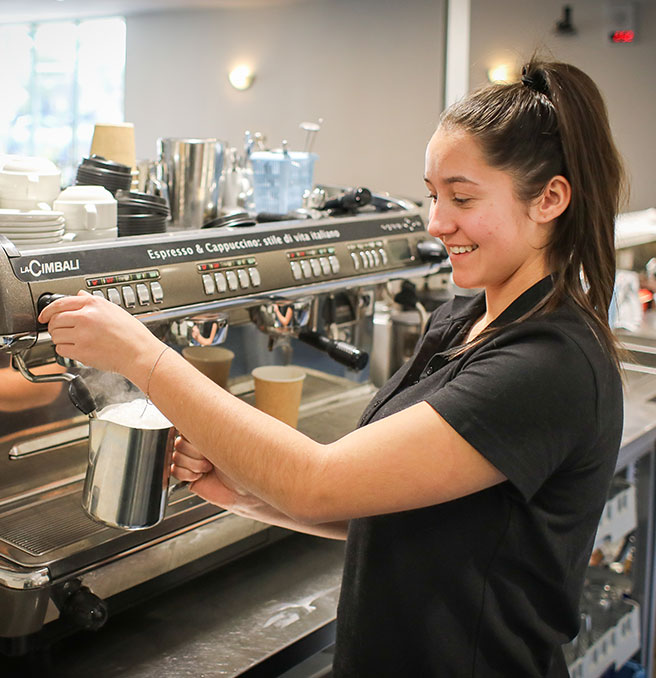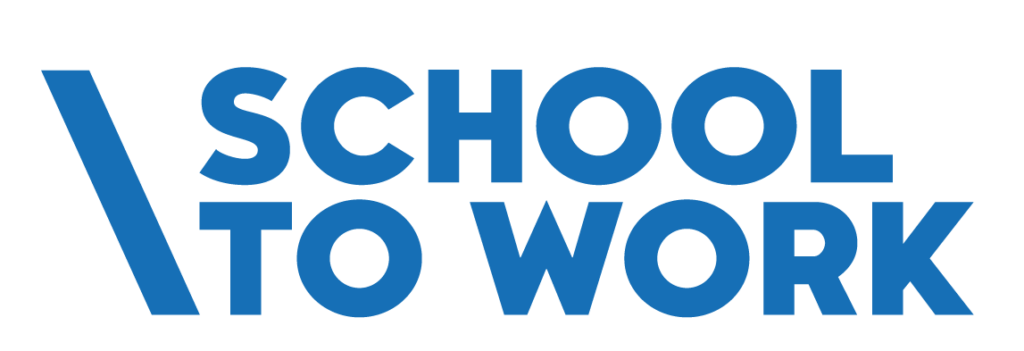School To Work (STW)


On-the-job training to develop work skills
Structured Workplace Learning (SWL) is the on-the-job training during which a student is expected to master a set of skills or competencies related to their Vocational Education and Training (VET) program.
Many VET programs include opportunities for students to participate in SWL. Host employers supervise and instruct the students as they practice and extend the industry skills they have learned in their VET programs.
Students who are generally studying years 10, 11, or 12 are recommended to do placements in their field to supplement their learning skills in a real workplace setting. SWL is delivered as part of the Victorian Certificate of Education (VCE), the VCE Vocational Major, or the Victorian Pathways Certificate. The minimum student age for SWL Placement is 15 years. Students can undertake an SWL placement for one day per week over a term or in week blocks. SWL placements enable students to gain specific skills on the job.
Work Experience (WE) is an informal program that enables students to get an idea of a career they’re interested in and potentially be motivated to work to achieve it. It is usually 1-2 week program undertaken by students in year 10, 11 and 12. The experience assists the students in making career pathway plans. Students participate and observe in the workplace.
Find opportunities for Structured Workplace Learning (SWL) and Work Experience (WE) in your region here:
Vocational education and training (VET) for secondary school students
Undertaken as part of the Victorian Certificate of Education (VCE), VCE Vocational Major or Victorian Pathways Certificate (VPC) program, VET programs helps students in developing the practical skills and attitudes for working in a “real life setting”. VET programs in the curriculum expands opportunities and pathways for senior secondary school students, and helps them to:
- navigate the world of work
- interact with others
- plan and organise
- identify and solve problems
- create and innovate, and
- work in a digital world.
VET programs for secondary school students are typically at the Certificate II and Certificate III levels. Students can add a VET course or certificate to their studies while they are in year 11 or 12. They may even start VET in year 10. VET programs are delivered directly by the school if the school is also a Registered Training Organisation (RTO).
Alternatively, VET programs are provided through partnership arrangements between the school and an RTO. TAFE Institutes are public RTOs, and there are commercial, private RTOs in the marketplace.
VET courses offer the following benefits:
- Provide a nationally recognised certification in a particular industry or offer credits towards one
- Contribute to the completion of VCE, VCE Vocational Major, or VPC
- Provide the opportunity to study through a paid school-based apprenticeship or traineeship
School based apprenticeships and traineeships (SBAT)
Students may also combine study for their VCE or VCAL with employment as an apprentice or trainee, by participating in an SBAT. An SBAT offers students the option of combining part-time employment, school and training. The program runs under a contract with an employer, has a registered training plan, and leads to a nationally recognised qualification.



